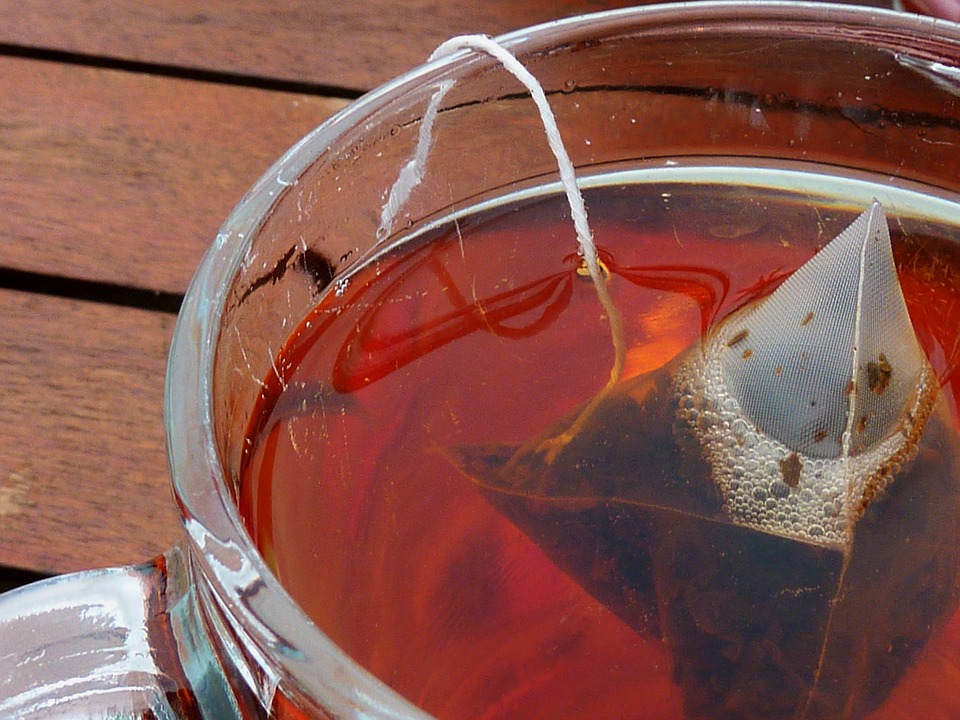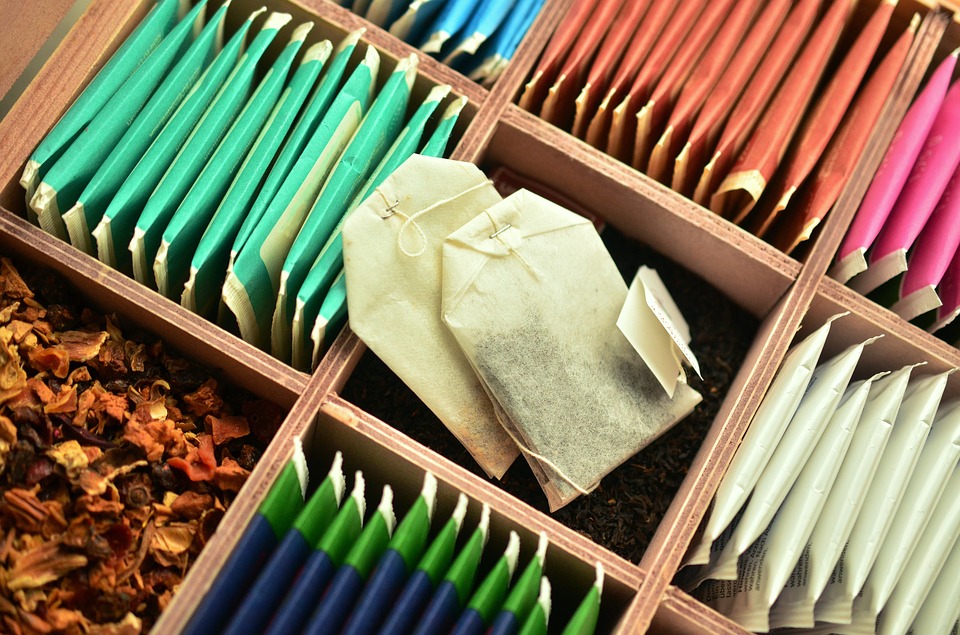The fact that we consume microplastics that are released from plastic packaging is not new to us. The average person absorbs up to 121,000 plastic microparticles per year. We drink plastics from bottled water, we eat them in seafood. One of the sources of micro-plastics, that reach our digestive tract, is tea bags.
McGill University chemical engineering professor Nathalie Tufenkji and her graduate student Laura Hernandez purchased several plastic looking tea bag brands from Montreal stores to test them if they release plastic particles.
Plastics in Your Mug
While the water in the mug slowly stains with the released pigments and turns into a delicious tea, the tea bag also leaves billions of plastic micro particles in the beverage. Plastic tea bags are made from polyethylene terephthalate (PET) and nylon, which are approved as food packaging, according to CBC News.

“We were shocked when we saw billions of particles in a single cup of tea,” Tufenkji told CBC News.
The plastic tea bag was soaked to the standard temperature of 95 degrees Celsius. About 11.6 billion microplasts and 3.1 billion nanoplasts were released into one cup.
“We think that it is a lot when compared to other foods that contain microplastics,” Nathalie Tufenkji told to New Scientist. “Table salt, which has a relatively high microplastic content, has been reported to contain approximately 0.005 micrograms plastic per gram salt. A cup of tea contains thousands of times greater mass of plastic, at 16 micrograms per cup.”
Potential Toxicity
Further research is needed to demonstrate or refute the risk to human health of plastic particles. According to the World Health Organization (WHO), plastic particles in drinking water currently pose a “low” risk.
The Tufenkji’s team conducted an initial test of how plastic particles affect fleas to assess their potential toxicity.
“The particles did not kill the water fleas, but did cause significant behavioural effects and developmental malformations,” Tufenkji told New Scientist.

The release of microplastics into the beverage is not the only reason not to use synthetic plastic bags. It is another type of disposable plastic. We have the choice to use paper tea bags or loose leaf tea.
Plastic microparticles are found in unexpected places, from the bottom of the Marian Moat 11,000 meters deep, through rain in national parks, to Arctic ice.
Source & credit: https://www.ecowatch.com/algae-science-material-hard-as-steel-2640980632.html, pixabay.com















